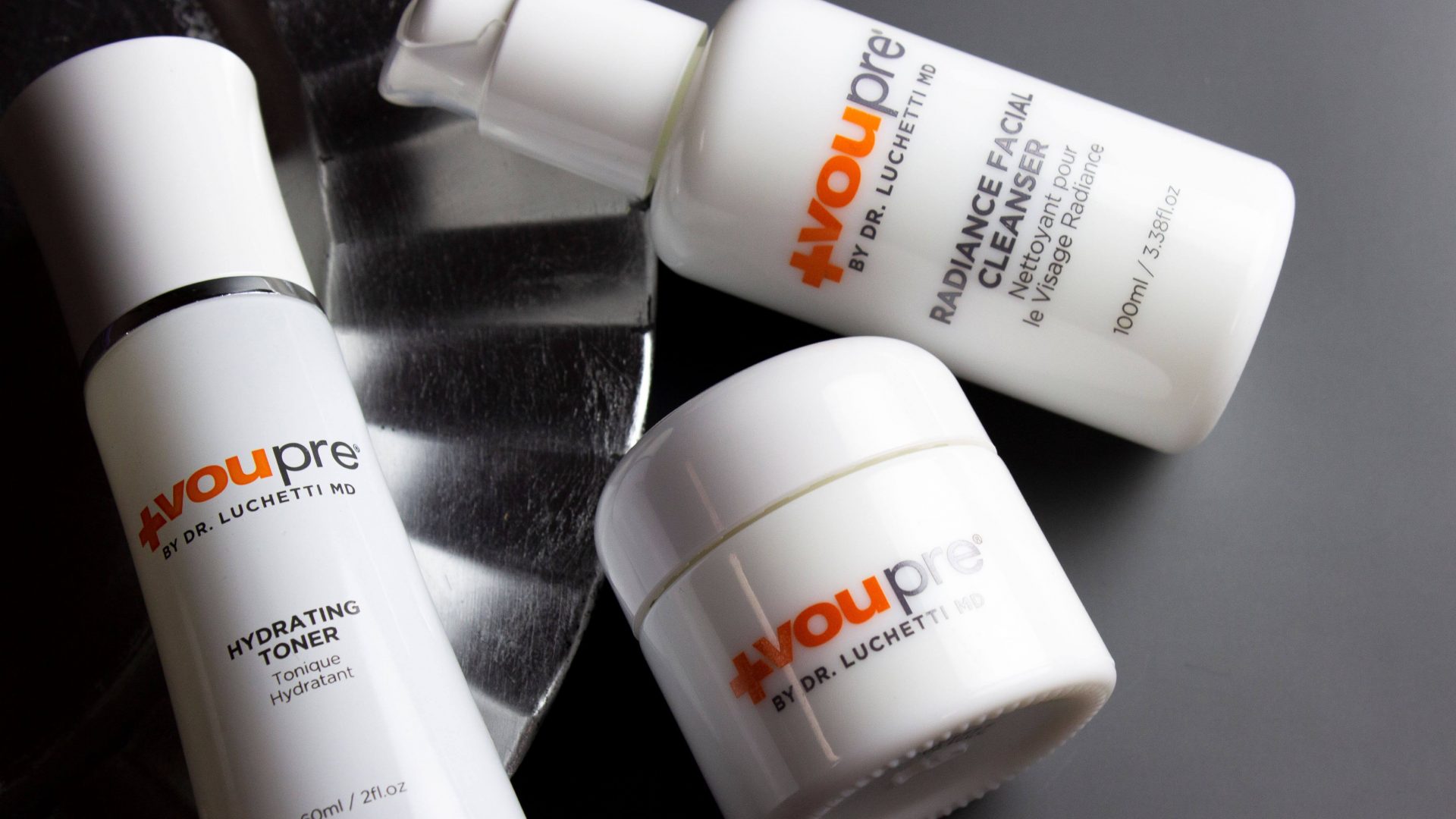Published:
Skincare labels can be difficult to decipher, particularly when it comes to the ingredient list. With so many long and complicated names to take in, it can sometimes feel as though you’re reading a foreign language! This can then lead to people shying away from certain products, simply because the ingredient list is near-impossible to understand.
However, this isn’t a good thing at all. Many of the skincare ingredients out there that come with complex, sciencey names can actually be extremely beneficial for the skin. This makes it so important to know what’s what when reading skincare labels. It’s the only way in which you can make a truly educated decision when choosing a skincare product to buy.
Ready for the VouPre crash course on decoding skincare labels? Let’s get started!
The Order of the Ingredients Matters
When checking out skincare labels, the first thing to pay attention to is the order of the ingredients. By law, the ingredients must be listed in order of concentration. The ingredient that the product contains the most of is listed first, with the list ending with the ingredient that’s used in the smallest amount.
This means that it’s absolutely normal for ingredients like water (or aqua) to appear at the top of an ingredient list. Active ingredients need a base, and water provides a fantastic one. However, it’s important to take note of the ingredients that follow on from this – the next 5-10 ingredients are what your skin will be benefiting from the most when you use that product.
At the same time, if you’ve been searching for a particular active ingredient and you find it at the very bottom of an ingredient list, then chances are that it isn’t going to be very effective in that product, simply because it hasn’t been used in a high enough concentration.
Of course, there are always exceptions. Certain active ingredients can’t be used in too high a concentration if you want to avoid damaging your skin. This is why it’s important to also familiarize yourself with individual ingredients…
Ingredients to Look For on Skincare Labels
If you’re put off by skincare labels that feature a long list of ingredients you couldn’t possibly pronounce, it’s time to change that, and this begins by learning more about those ingredients that you’ve been avoiding.
Let’s take a look at some ingredients that may initially sound intimidating, but are actually capable of working wonders for your complexion:
Palmitoyl Tripeptide-1 & Other Peptides
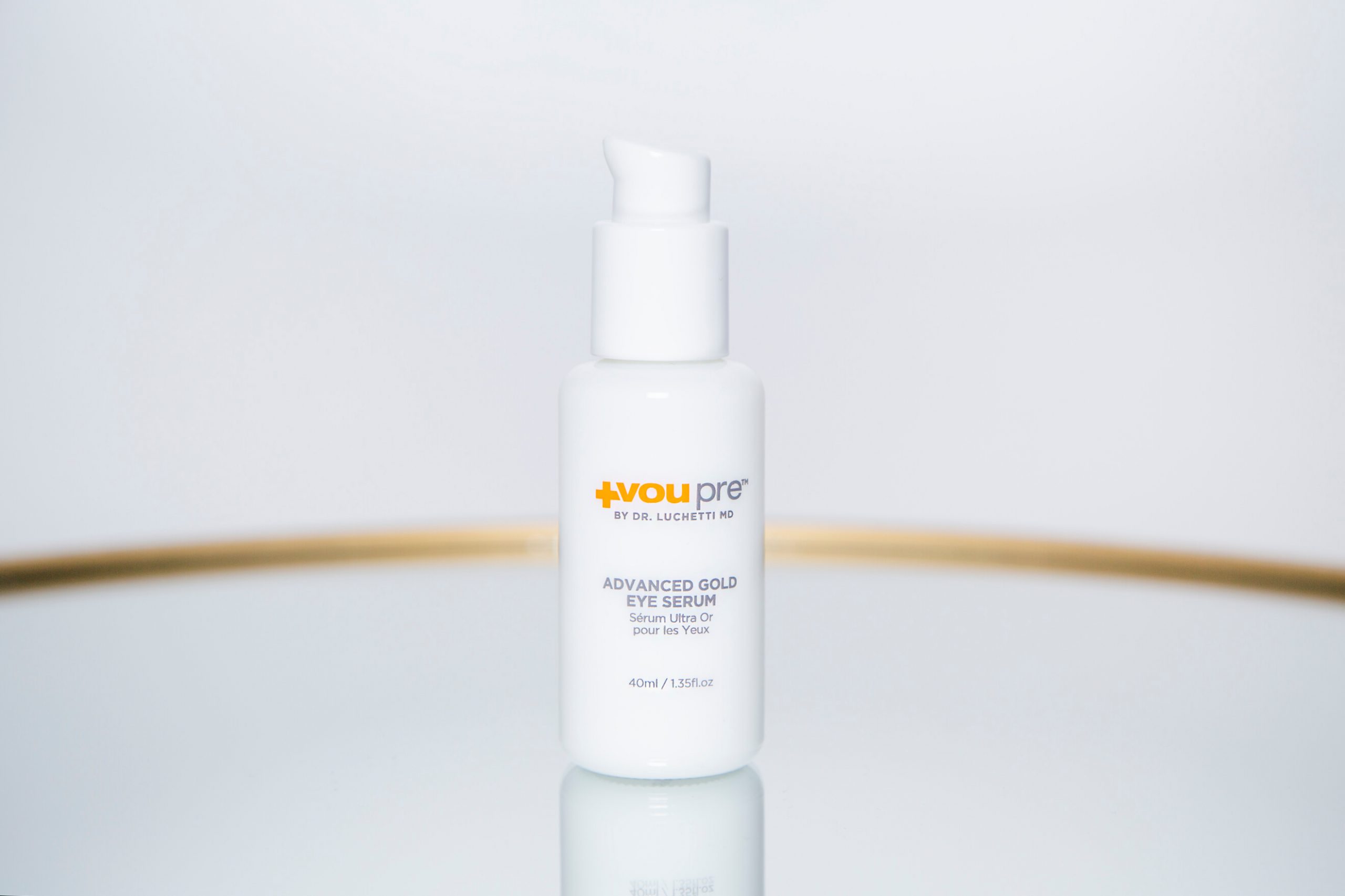
Let’s make things easy – if an ingredient has the word ‘peptide’ somewhere in its name, then this means that it’s a type of peptide, and this is something that you definitely want on your skin!
Peptides are chains of amino acids that help the skin to feel stronger, firmer, and more resilient. Research confirms that peptides are great for diminishing the appearance of skin aging, particularly when it comes to smoothing away the look of wrinkles.
There are various types of peptides out there and while they each work in a slightly different way, they’re all beneficial.
If you’d like to treat your skin to a couple of different peptides, take a look at VouPre’s Advanced Gold Eye Serum. It contains palmitoyl tetrapeptide-1, which can help to repair the look of skin damage, and palmitoyl tetrapeptide-7, which reduces the visibility of wrinkles. It’s also packed with a number of other noteworthy ingredients, including sodium hyaluronate, vitamin C, and numerous plant extracts.
Sodium Hyaluronate
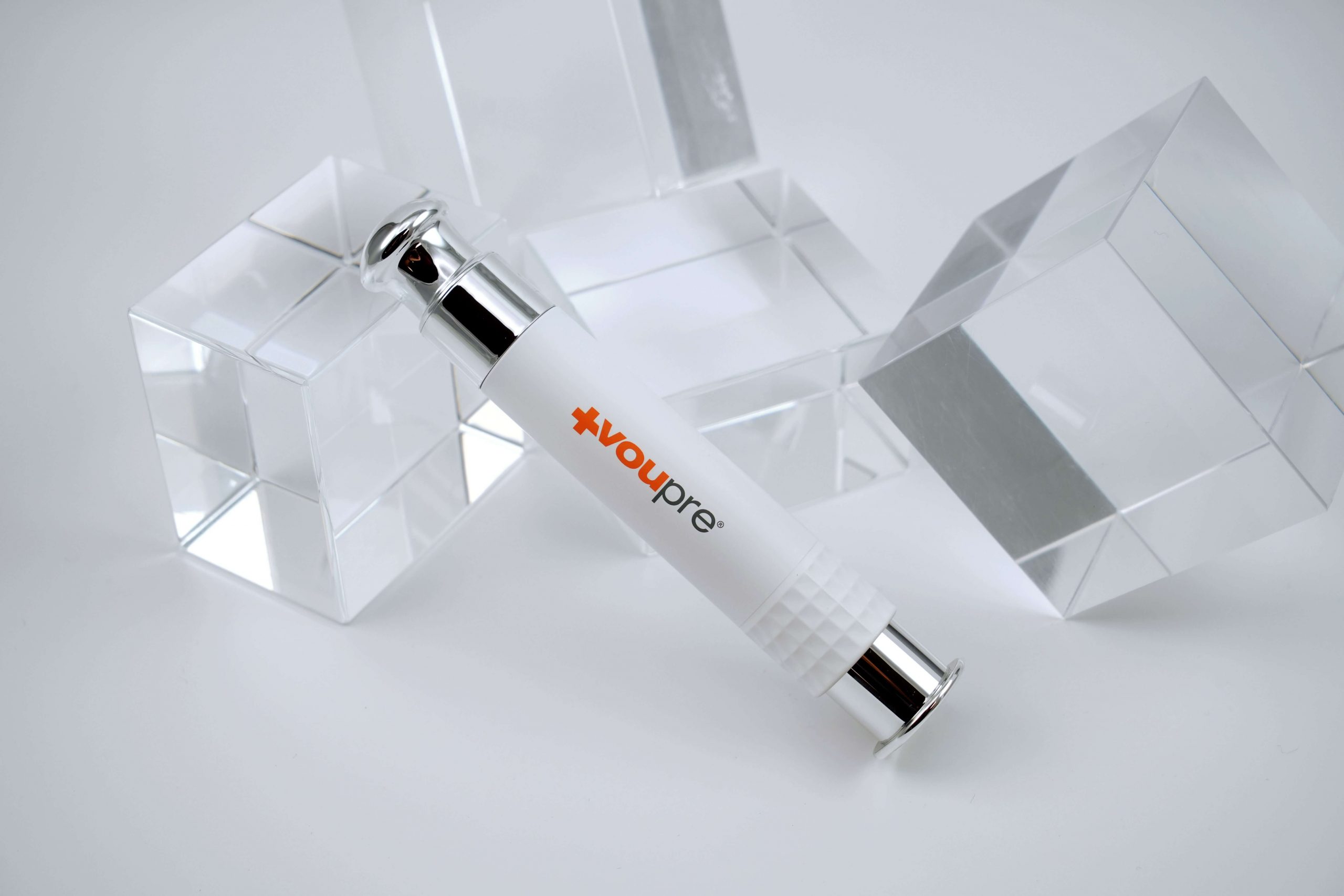
We mentioned sodium hyaluronate above, and it’s an ingredient that you may already be familiar with. However, if you’re not, you’re probably aware of its predecessor; hyaluronic acid.
Hyaluronic acid is famous for its hydrating capabilities. Sodium hyaluronate is the salt form of the ingredient. This means that it has a smaller molecular size, enabling it to work at a slightly deeper level. This results in even more hydration for your skin cells, leaving them looking plumper and brighter.
The instant quenching effect that sodium hyaluronate has is why it’s a star ingredient in our Anti-Aging Rescue Solution. This formula combines sodium hyaluronate with a number of other powerful, fast-acting ingredients, resulting in a product that can immediately fade the visibility of fine lines and wrinkles.
Tocopheryl Acetate
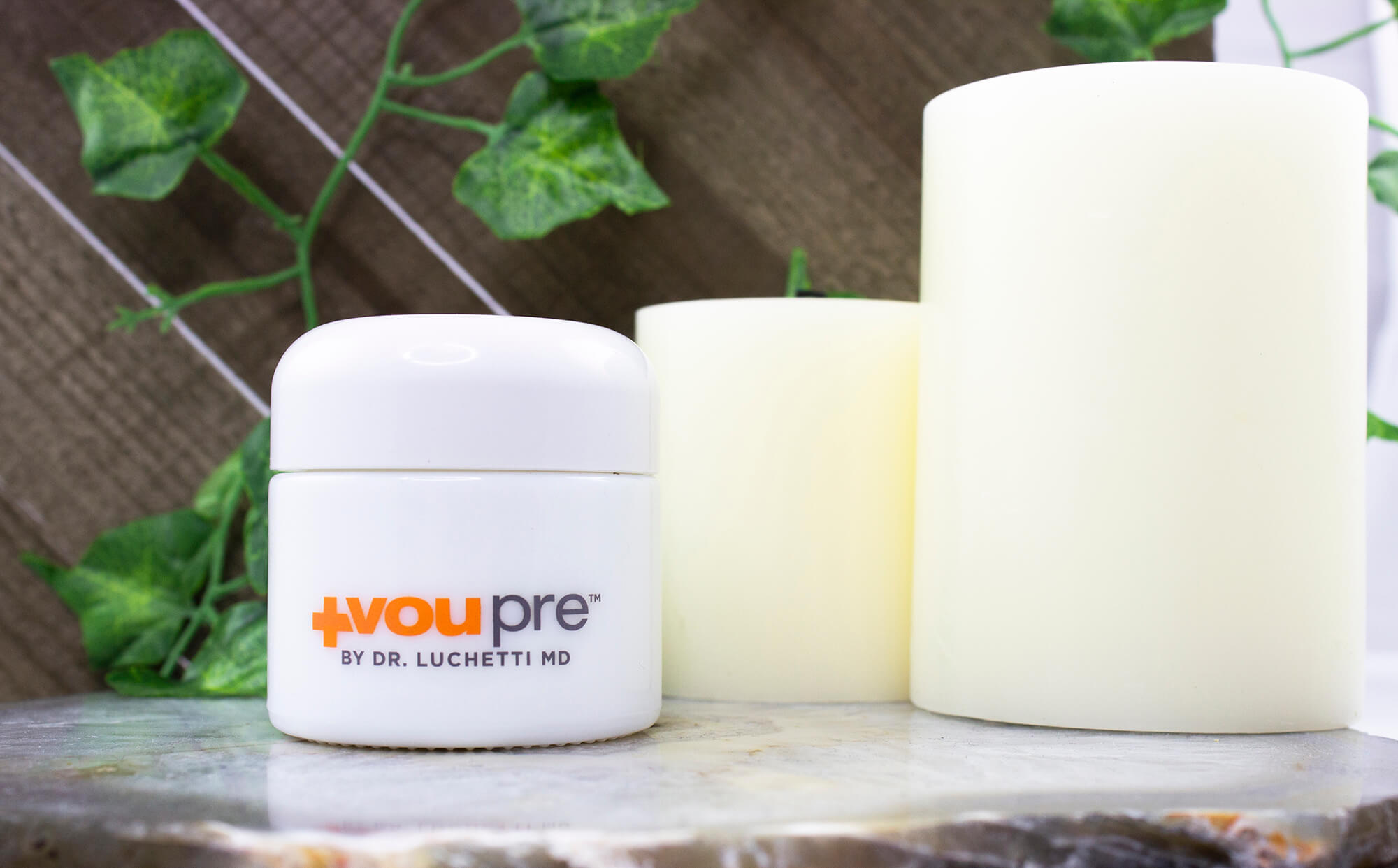
It’s no secret that vitamins are fantastic for the skin, which is exactly what tocopheryl acetate is. It’s a form of vitamin E, an antioxidant that’s revered for its multitasking abilities.
Studies confirm that vitamin E is a superstar at preventing the appearance of oxidative damage, particularly damage that comes from the sun. It also soothes the feeling of inflammation, helps to keep the skin moisturized, and can diminish the appearance of wrinkles.
You’ll find vitamin E in several VouPre products, including the Firming Eye Renewal Cream. Designed to tighten the look of the eye area, this cream is ideal if your skin has been feeling a little loose and saggy.
To treat the rest of your face to vitamin E, turn to the Revitalizing Night Cream. It’s packed with shea butter too, which will leave your skin feeling so soft and supple.
Dimethylaminoethanol Tartrate
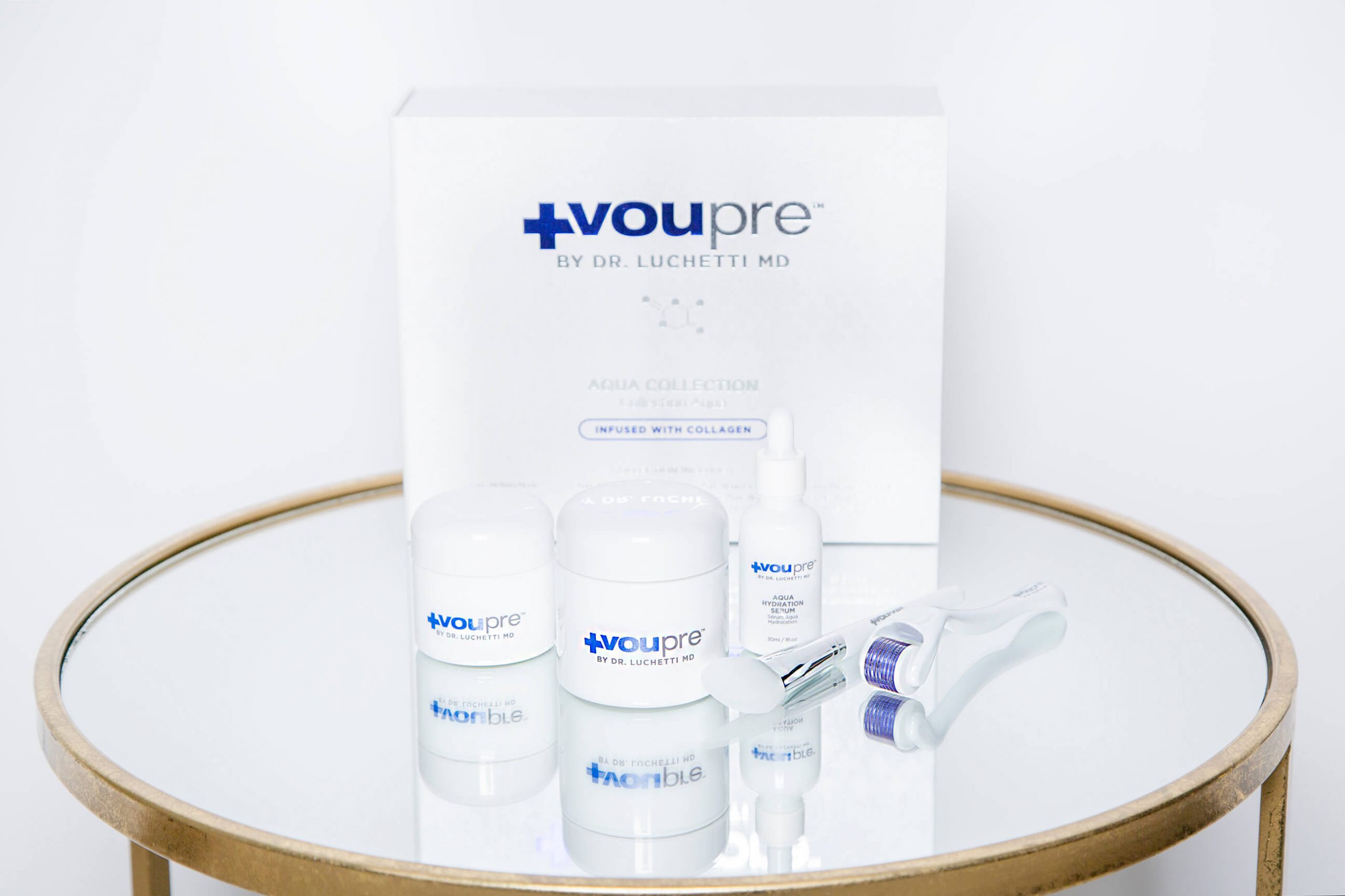
Dimethylaminoethanol tartrate is also referred to as DMAE – you may see either one listed on skincare labels. It’s a compound that’s naturally produced in the body and is also found in some foods. While that may be the case, the DMAE used in skincare products is usually synthetically produced to ensure stability and consistency.
DMAE’s biggest claim to fame is how it can significantly reduce the appearance of wrinkles when used regularly for a few months. Studies have found notable results after 16 weeks of use, particularly when it comes to forehead lines. However, the ingredient can help to make wrinkles anywhere on the face look less noticeable.
DMAE also hydrates the skin. This is why it is used in our Aqua Hydration Serum, which can be found in our Aqua Collection. By both hydrating the skin and reducing the look of wrinkles, DMAE enables this serum to give the skin a much smoother and fuller finish.
Grape Stem Cells
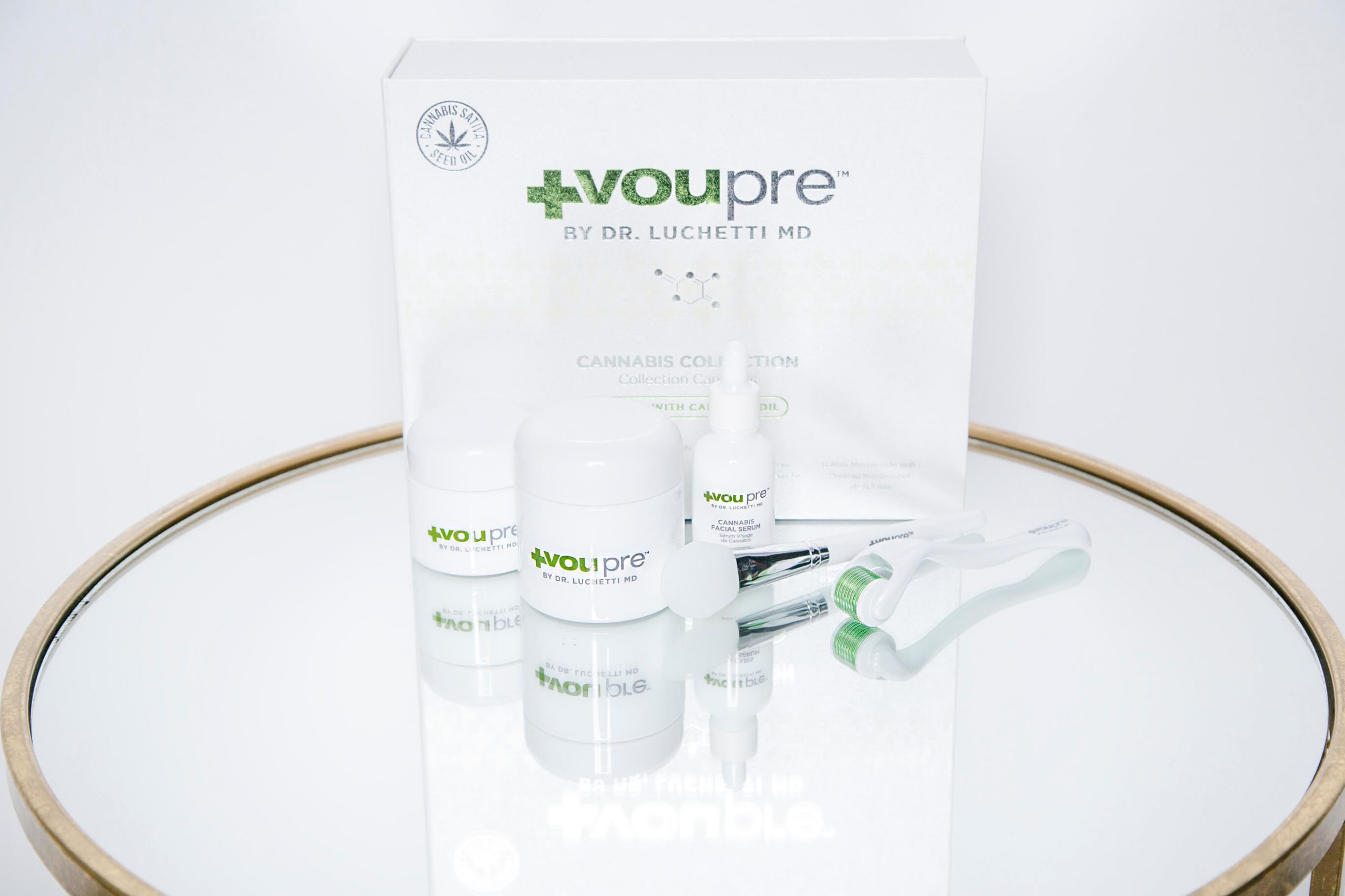
Stem cell technology can have quite a negative connotation to it, simply because human stem cell research is so controversial. However, plant stem cells are completely different. In skincare products, they’re not actually alive, meaning that they don’t function in the way that human stem cells do.
Instead, plant stem cells impart an abundance of antioxidants and amino acids. They give the complexion a plump and youthful glow, which is why they’re most popular when it comes to skincare products designed to reduce the appearance of aging.
Want to give grape stem cells a try? You’ll find the ingredient in a few VouPre products, with the Corrective Facial Cream being particularly popular. Included in our Thermal Collection, this moisturizer is brimming with antioxidants and vitamins to correct and prevent the visible signs of skin aging.
Grape stem cells also make an appearance in our Cannabis Collection, in the Cannabis Caviar Transforming Mask and the Cannabis Silk Cream. Both of these products are loaded with other antioxidants too. This makes them worth using if you’ve been trying to restore the look of skin that has been damaged in any way.
Ingredients to Avoid
Now that you’re familiar with some of the ingredients that you want to see on skincare labels, what about those that you need to avoid? Here are some of the biggest no-nos:
Sulfates
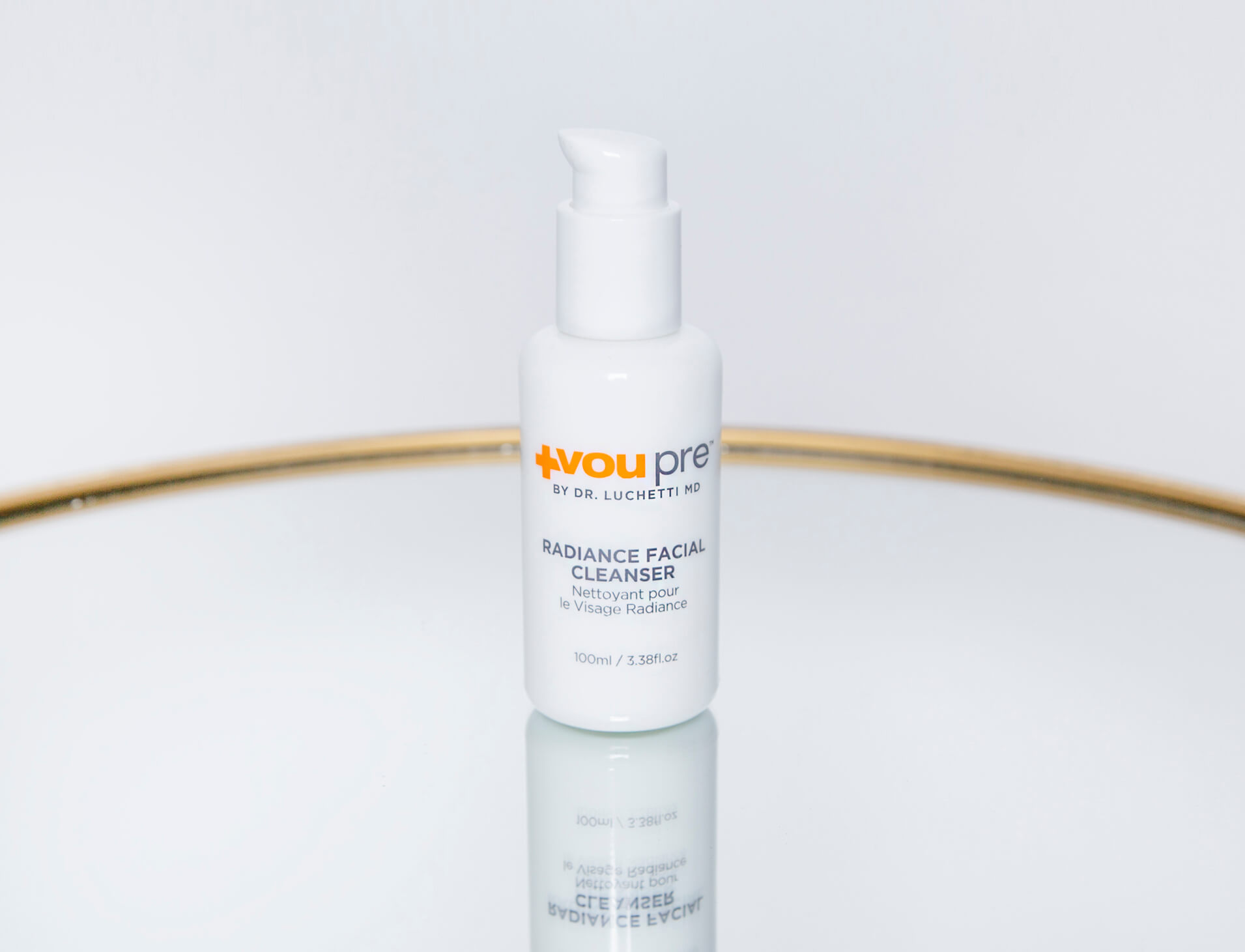
Sulfates are detergents. They’re commonly used in cleansing products, including facial cleansers, shampoos, and shower gels.
However, while they’re great at cleansing the skin, they’re extremely irritating. They strip the skin of its protective barrier, leaving the skin so much more prone to sensitivities and damage.
Fortunately, there are now plenty of alternatives out there. Take our Radiance Facial Cleanser, for example. It doesn’t contain any sulfates whatsoever. Instead, it cleanses the skin with surfactants derived from coconuts. Not only are they much gentler but they also feel incredibly moisturizing, leaving the complexion soft and dewy post-cleanse.
Parabens
Parabens are a group of preservatives. There are several different types out there. However, just like when we talked about peptides, any paraben-related ingredient will usually have the word ‘paraben’ somewhere in its name.
Why should you avoid them? Well, while they’re great at extending the shelf life of skincare products, they could potentially be linked to breast cancer. More research on the topic is needed but, in the meantime, there’s no need to take the risk, especially since there are so many safer preservatives out there.
Fortunately, more and more skincare brands are realizing this, so paraben-free products are now much more widely available.
Certain Alcohols
This is where it gets a little more complicated – some alcohols are extremely harmful to the skin, but others can actually be beneficial.
How do you tell the difference?
Some of the ‘bad’ alcohols include:
- Ethanol
- Propanol
- Alcohol denat. Or Denatured alcohol
- Methanol
- Isopropyl alcohol
On the other hand, some of the ‘good’ alcohols, which work to moisturize the skin, include:
- Cetyl alcohol
- Stearyl alcohol
- Cetearyl alcohol
- Lauryl alcohol
- Myristyl alcohol
If you spot an alcohol-based ingredient on skincare labels, it’s worth doing a quick online search to find out if it’s good or bad. This is particularly important if you already have dry or sensitive skin.
Hydroquinone
If you’ve been scouring the shelves for skincare products that can lighten the look of discoloration, then you’ve probably come across hydroquinone. It’s a chemical that works well when targeting hyperpigmentation, but it’s also extremely harsh on the skin. It can lead to dryness, redness, and itching, among other, more serious, side effects.
Fortunately, there are now so many better alternatives out there, including kojic acid, alpha arbutin, and vitamin C. So, if you see hydroquinone on skincare labels, look for a different product.
Summary
There’s no denying that decoding skincare labels can be a skill that takes some time to master. However, your efforts will be more than worthwhile! Once you’ve had enough practice, reading skincare labels will become second nature to you. You’ll be able to quickly glance at a label, skim through an ingredient list, and know exactly what that product will do and whether it’s worth buying. You’ll be able to make the very best choices for your skin, which is exactly what your skin deserves!


